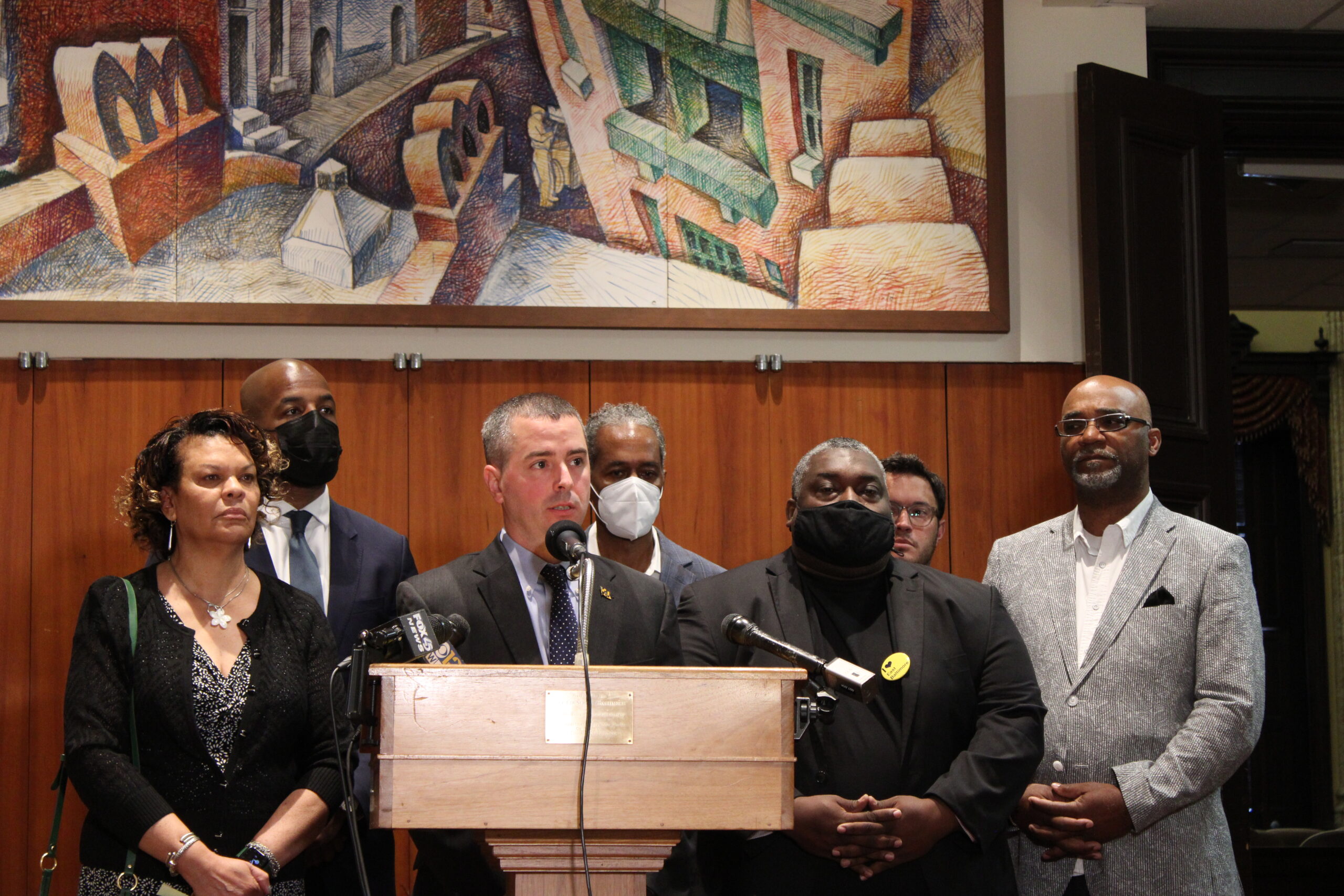Court-Appointed Witness Provides Insight into Capital Gazette Shooter’s Mindset, Says Mental Condition Indicates Criminal Responsibility

A court-appointed expert witness testified Tuesday, laying out the gunman’s frame of mind before, during and after he killed Capital Gazette staffers Gerald Fischman, Robert Hiaasen, John McNamara, Rebecca Smith and Wendi Winters in their newsroom in June 2018.
“Mr. Ramos was very willing to talk,” Dr. Sameer Patel, the court-appointed forensic psychiatrist at Clifton T. Perkins Hospital Center who evaluated Jarrod Ramos after the shooting, told the jury Tuesday. “He provided his story and wanted to tell his story.”
The assailant initially pleaded not guilty to the attack, adding a plea of not criminally responsible — Maryland’s version of an insanity plea — in May 2019. But on Oct. 28, 2019, just two days before jury selection for his criminal trial was set to begin, Ramos pleaded guilty to all 23 charges against him.
In Maryland, there is a two-prong test to determine if someone should be held criminally responsible for their actions.
According to the criminal code, defendants may be found not criminally responsible if they were suffering from a mental disorder that didn’t allow them to understand that their behavior was unlawful or that rendered them unable to follow the law when they committed the crime.
Patel said he interviewed Ramos for approximately 20 hours across six days in 2019, and described Ramos’ demeanor and speech as “logical and coherent” and “extremely organized,” adding that he was “cooperative at providing information.”
“He was very elaborate,” Patel said. “I don’t know if I’d be able to provide a biographical history of myself as detailed.”
Expert witnesses for the defense have diagnosed Ramos with autism spectrum disorder, obsessive compulsive disorder and delusional disorder.
Patel said that Ramos exhibited symptoms aligned with schizotypal personality disorder and narcissistic personality disorder. His observations were reinforced by Marshall Cowan, a clinical and forensic psychologist at Clifton T. Perkins Hospital Center, whom the court appointed to provide Patel with diagnostic clarifications.
Patel testified that these are personality disorders, and said they were unlikely to have an effect on one’s criminal responsibility.
“We all have personalities,” that influence our perception of things, he said.
Patel, who was questioned by Anne Arundel County State’s Attorney Anne Colt Leitess (D), provided testimony that combatted the opinions of defense witnesses regarding mental disorders that could render Ramos an inept communicator. Patel noted that he displayed “mood reactivity” to topics that evoked emotional reactions, such as tears over his cat who died six weeks before the shooting and visible frustration over the column published about his guilty plea in a harassment lawsuit that started his vendetta against the paper in 2011.
Dr. Gregory Saathoff, a psychiatrist who works for the FBI’s Behavioral Analysis Unit, called the column Ramos’ “grievance,” or an injury someone has that causes stress and resentment — “like a wound that doesn’t heal,” he said.
Patel also said that he did not note any repetitive or concerning physical behaviors over the course of their interviews that would be consistent with symptoms of the defense’s mental health diagnoses.
Patel said that, during their interview, Ramos detailed the prep work he did prior to the shooting, including researching the building’s layout, other mass shooting events, what gun to use and how law enforcement responds to mass shooting events.
When first responders arrived on the attack scene on June 28, 2018, they found Ramos lying facedown under a desk. He quickly surrendered and followed police instructions.
Patel told the court that two instances Ramos described from the attack stood out to him: Ramos’ attempt to downplay what Patel called ‘the legend of Wendi Winters’ as she charged at the gunman in an attempt to stop the attack, and the pleasure he took in resuming the shooting when he found one of the victims was still alive after discarding his gun and protective gear.
“That’s not something I normally see in forensics. I’ve been doing this a lot,” Patel told the jury. “He was proud of what he had done. He took pleasure in that.”
Asked if Ramos had shown any remorse, Patel said only in the fact that he was not able to kill more people.
Ramos planned the attack for a Thursday afternoon when the newspaper normally held public editorial meetings.
This particular Thursday was two days after a primary election. Patel said Ramos had anticipated that elected officials would be present, “including you, Ms. Leitess … he gave you by name.”
Patel also said that Ramos regretted that he wasn’t able to kill more people who were hiding in the newsroom that day.
This elicited a gasp from the courtroom gallery that was loud enough to be picked up by microphones and heard in the press overflow room. Survivors’ family members have been present in the courtroom throughout the course of the trial.
The six survivors who were in the office during the shooting testified last week.
Patel’s testimony is set to continue Wednesday. Judge Michael Wachs said that both the prosecution and defense are likely to give their closing statements Thursday morning.




 Creative Commons Attribution
Creative Commons Attribution